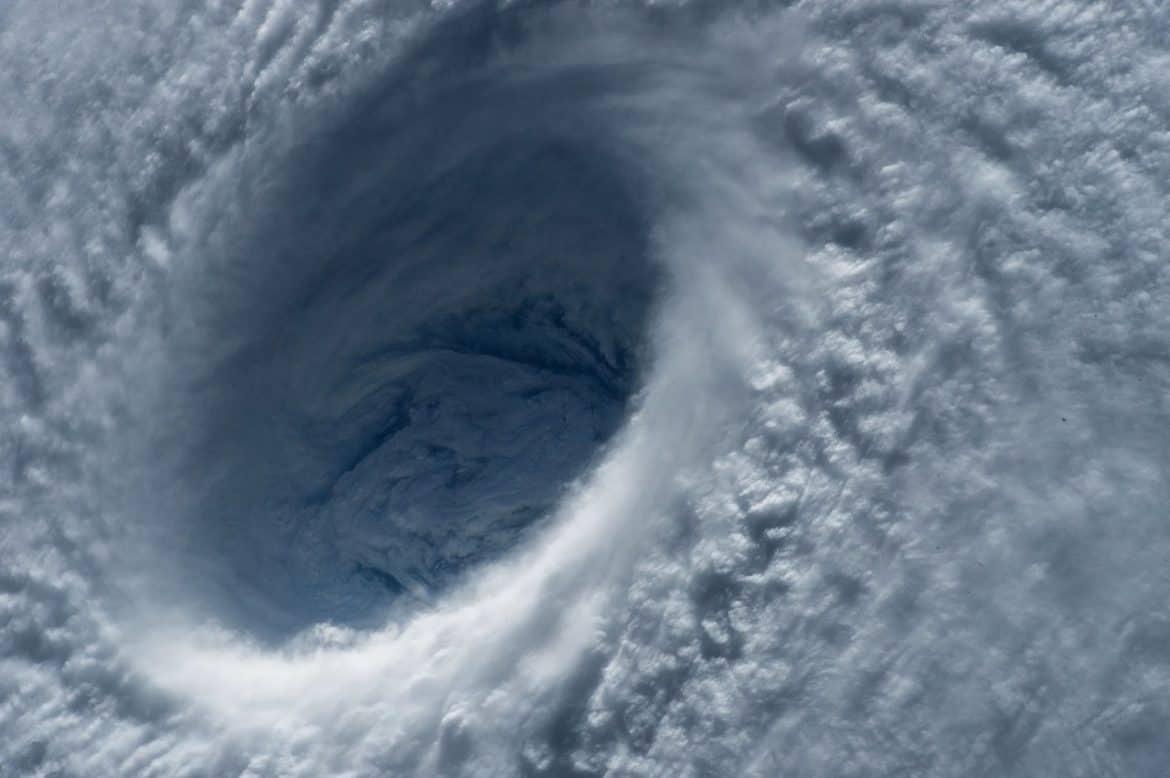This post is about why I had to do some work on my Walther P22 Recoil Spring. It also shows how to replace the recoil spring in a Walther P22 I am a huge believer in repetition for any physical skill. If you want to be good at something you have to put in […]
Year: 2012
Why Prepare
Why Prepare? Well, let me take a quick second to tell you why we prepare. Monday I spent all day out in the woods for work, It was raining, and by the end of the day I was soaked to the bone. I am not complaining mind you, as a bad day in the field […]
Hurricane Season
This guest post is courtesy of Joe Perko, Director of Field Services at Rapid Refile is a recognized leader in document restoration and recovery, vacuum-freeze drying, mold remediation and flood restoration services for businesses and individuals. Avoid Document Restoration Needs: How to Prepare The Atlantic hurricane season runs from June 1 to Nov. 30 and […]
Who gave you the right to take my Guns from me
I love Steve Lee and the Lees, my son grew up (and still grows up) dancing to “I like guns”, but while the Lees have some whimsical songs that are fun to listen to, they also have some very powerful ideals behind their music. Steve Lee gives a monologue before the music video to […]
Organizing your Community for Disaster
It’s a well-known idea in the prepper community that you cannot survive alone. Some folks may want to ignore this and try to get everything they could ever need, but prepping is not just about stuff. No single person can ever be totally self-sufficient – There will always be something you do not have the […]





